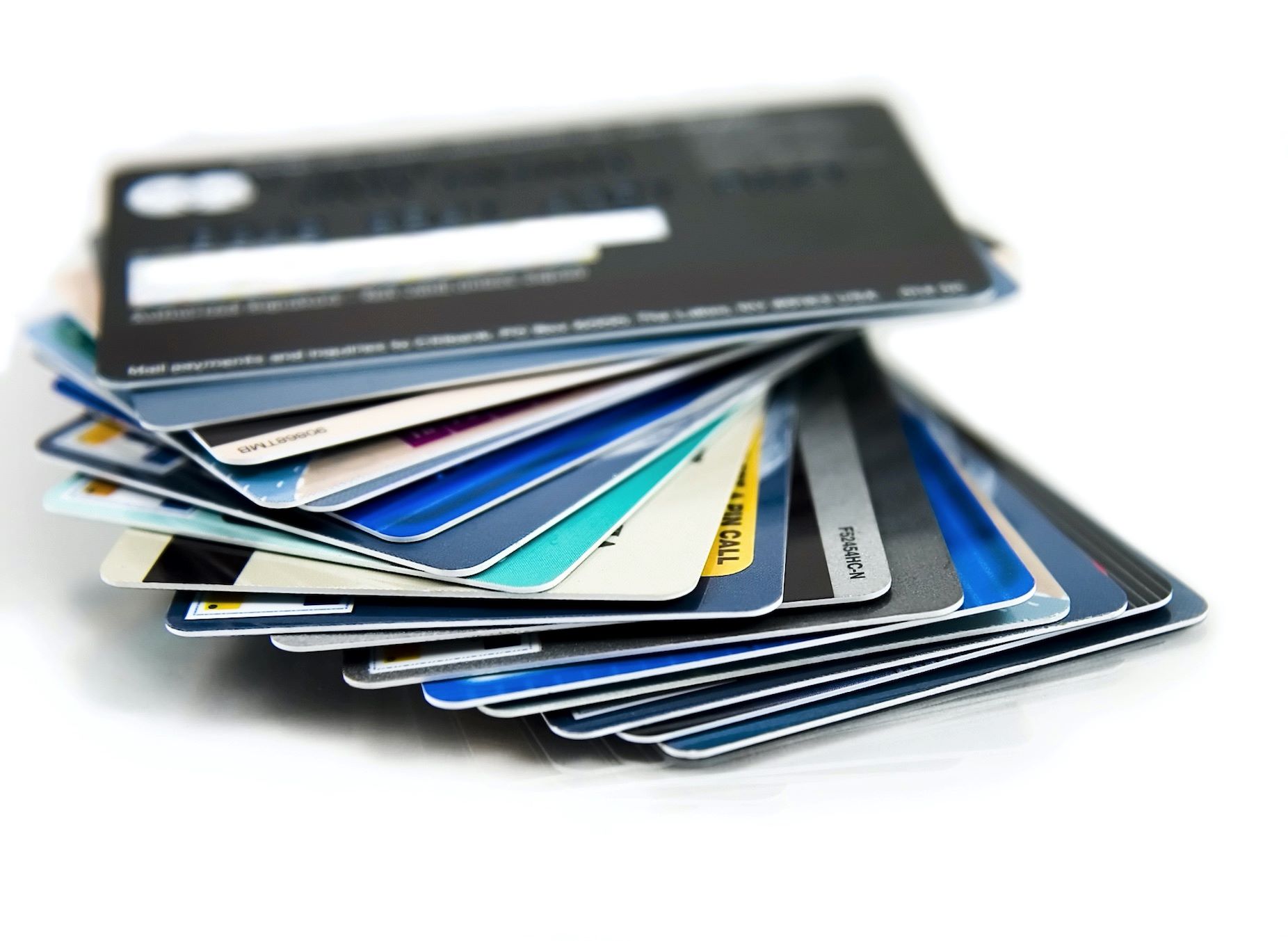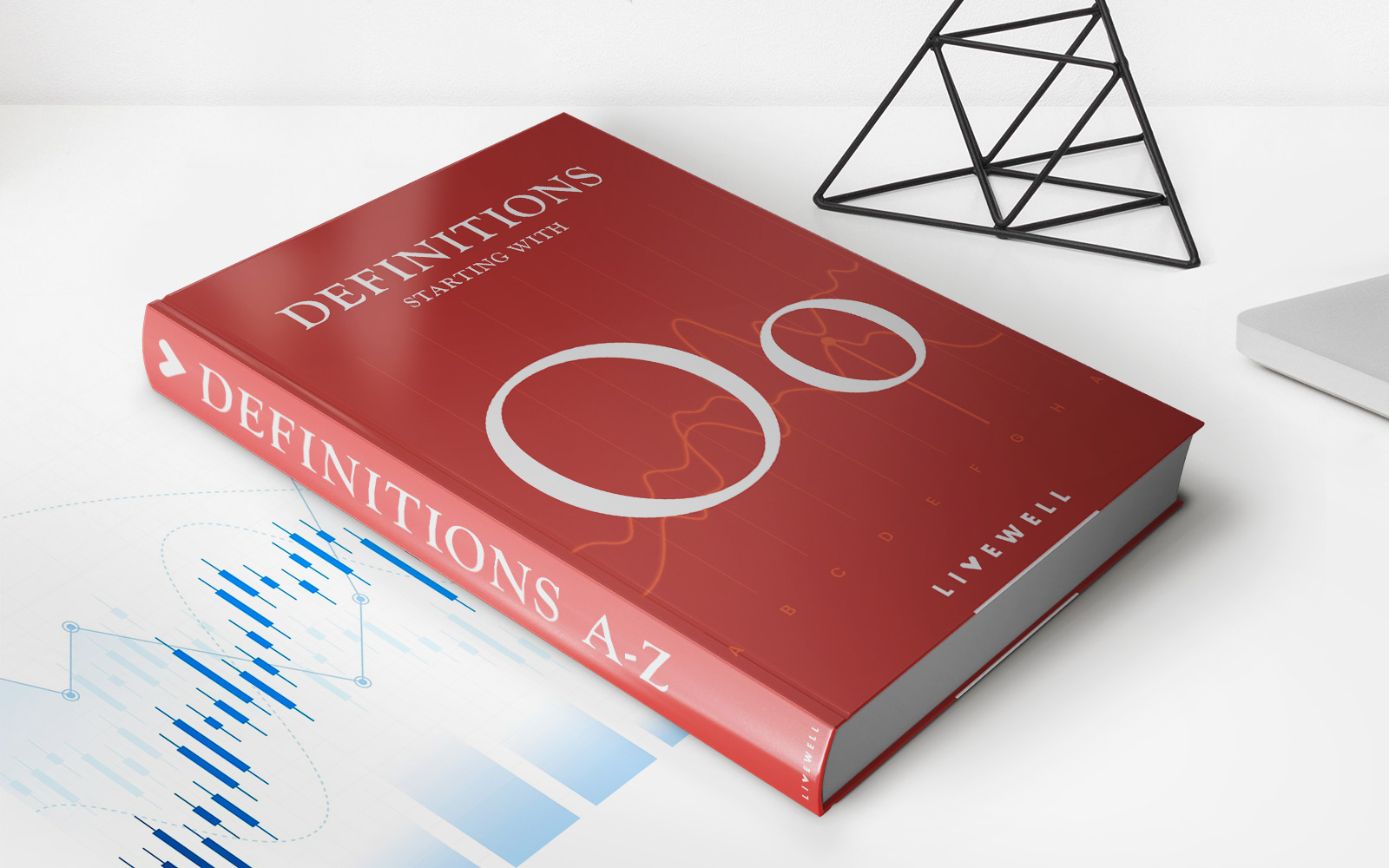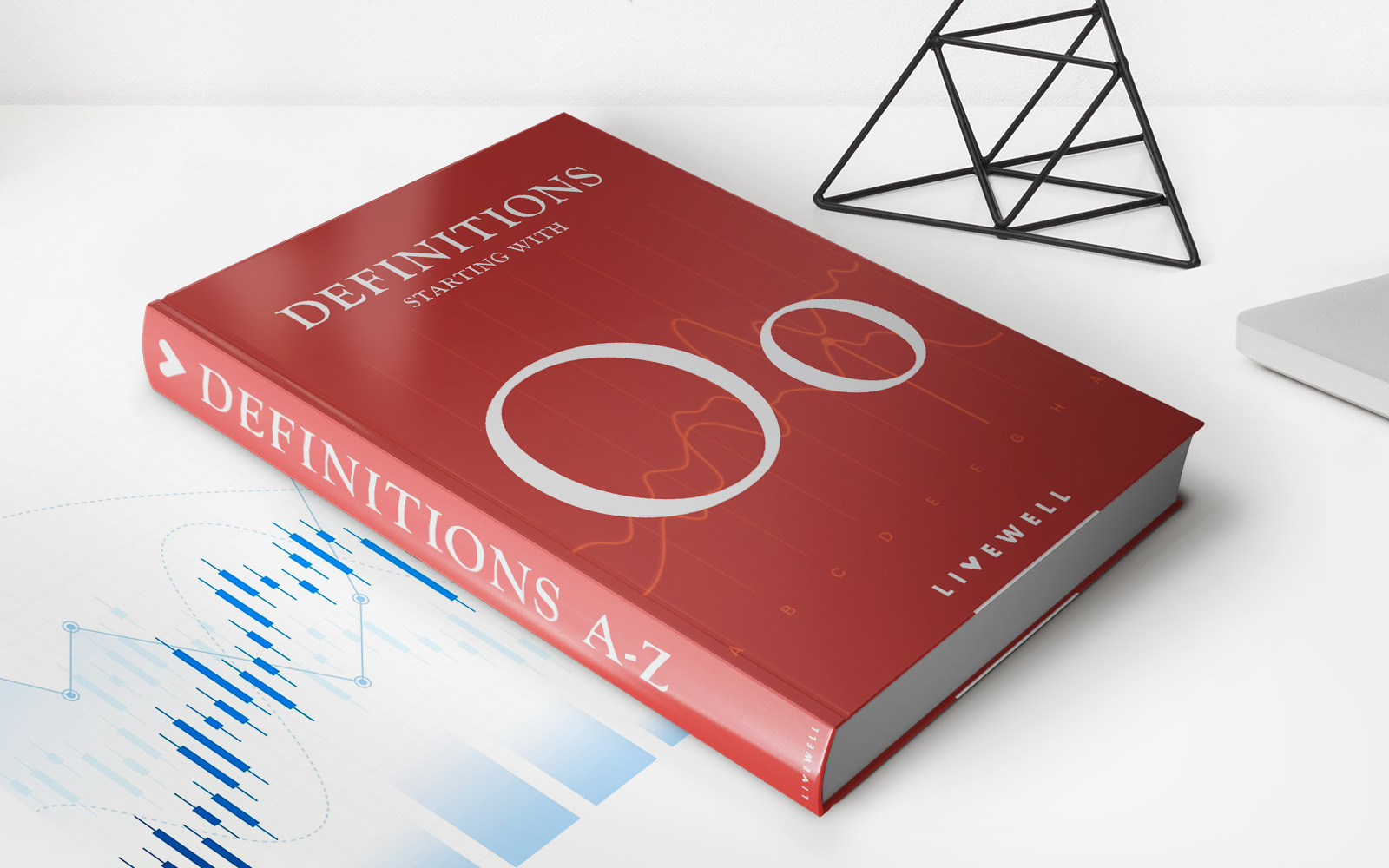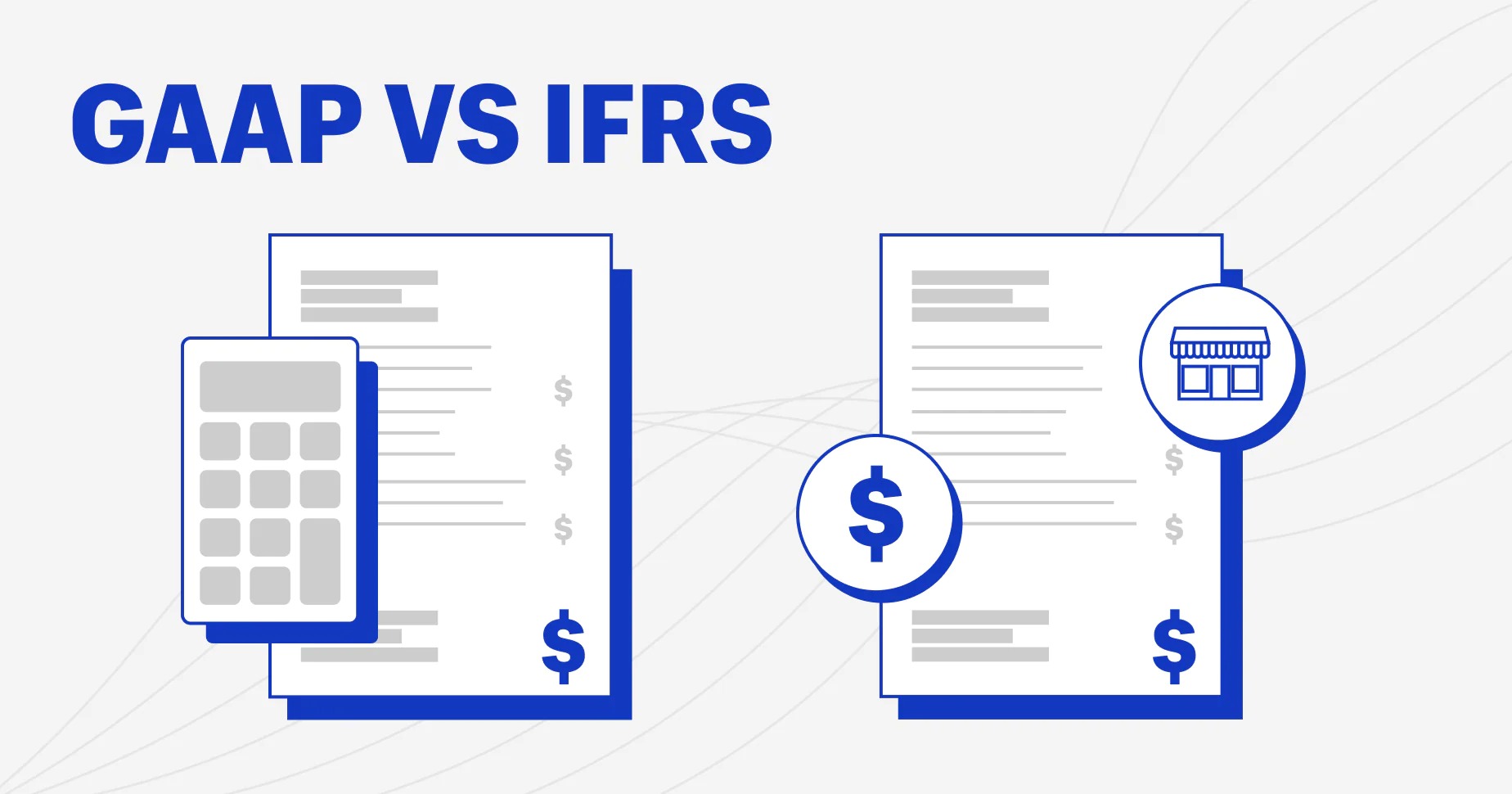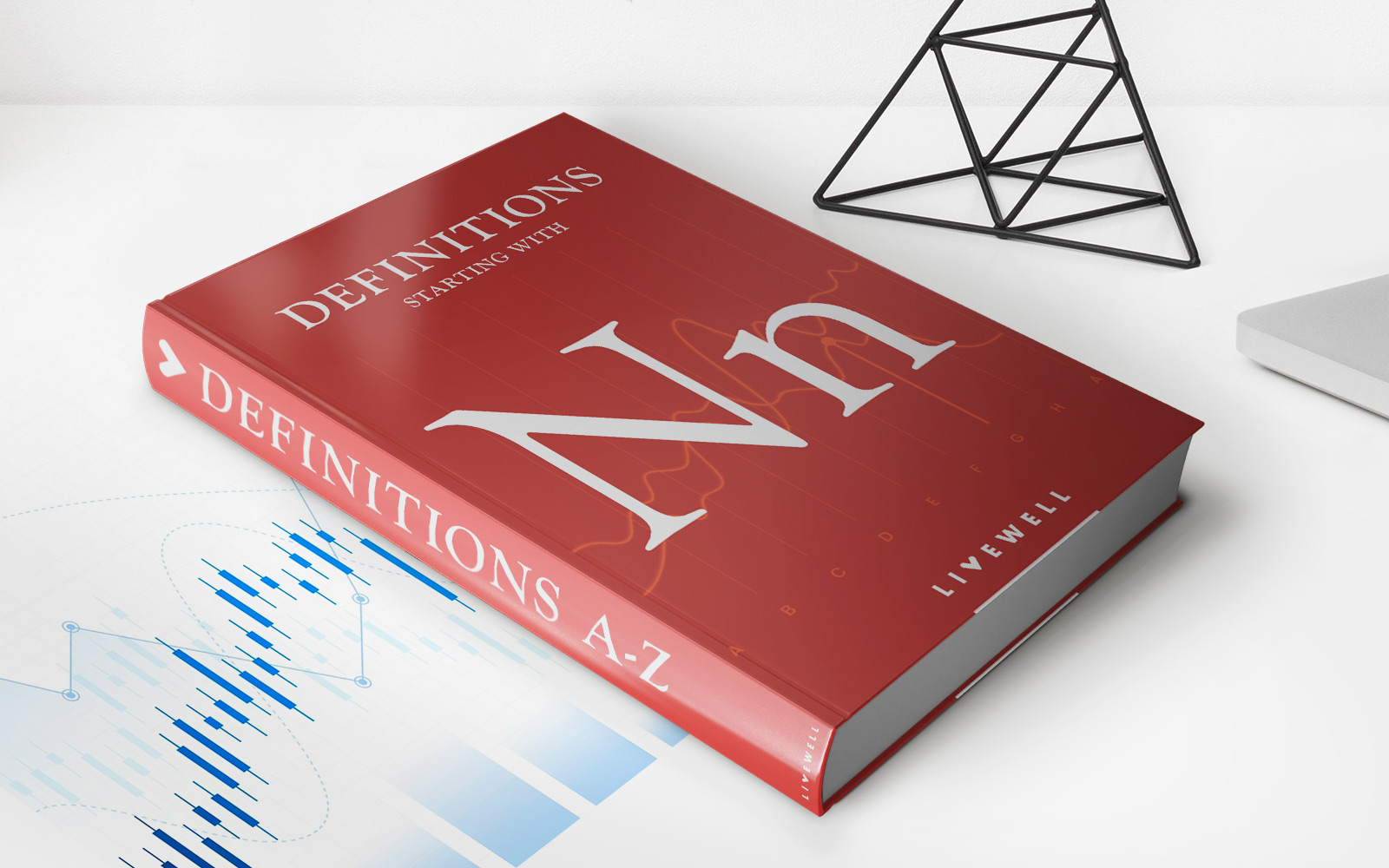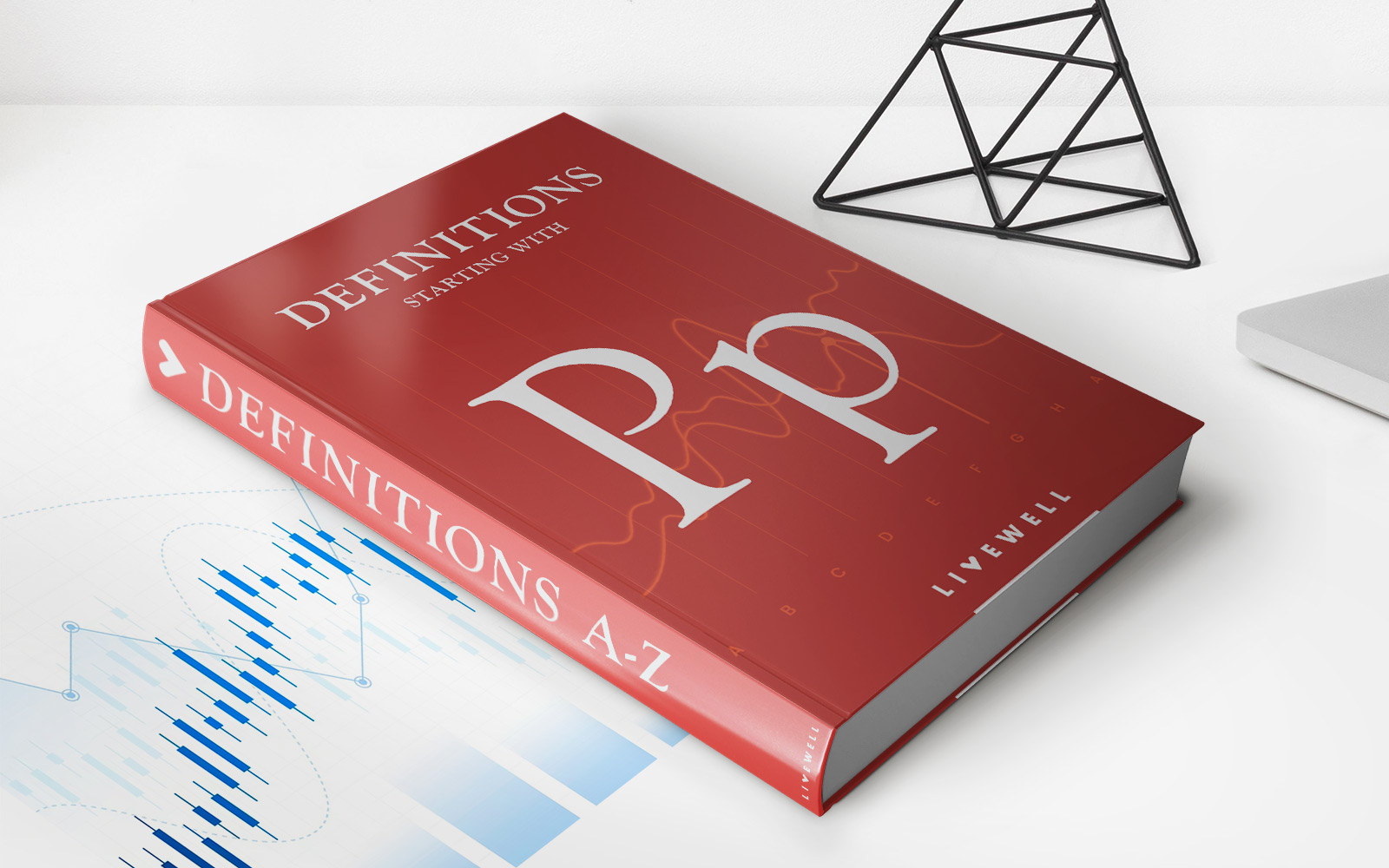Home>Finance>What Is The Most Commonly Used Form Of Open-End Credit?


Finance
What Is The Most Commonly Used Form Of Open-End Credit?
Modified: February 21, 2024
Discover the most popular type of open-end credit in the world of finance and learn how it can benefit your financial needs.
(Many of the links in this article redirect to a specific reviewed product. Your purchase of these products through affiliate links helps to generate commission for LiveWell, at no extra cost. Learn more)
Table of Contents
- Introduction
- Definition of Open-End Credit
- Importance of Open-End Credit
- The Most Commonly Used Form of Open-End Credit
- Advantages of the Most Commonly Used Form of Open-End Credit
- Disadvantages of the Most Commonly Used Form of Open-End Credit
- How to Apply for the Most Commonly Used Form of Open-End Credit
- Tips for Managing Open-End Credit
- Conclusion
Introduction
Open-end credit plays a crucial role in the world of personal finance. It enables individuals and businesses to borrow money as needed, providing flexibility and convenience. Whether it’s for unexpected expenses or planned purchases, open-end credit offers a way to access funds quickly and easily.
But what exactly is open-end credit and how does it work? In this article, we will explore the concept of open-end credit, its importance, and the most commonly used form of open-end credit. We’ll also discuss the advantages and disadvantages of this form of credit, as well as provide tips on managing open-end credit effectively.
Understanding open-end credit is essential for anyone seeking financial flexibility and convenience. By having knowledge of the different types of credit available and how they function, individuals can make informed decisions when it comes to borrowing and managing their financial obligations.
Now, let’s delve into the world of open-end credit and discover the most commonly used form of this credit arrangement.
Definition of Open-End Credit
Open-end credit, also known as revolving credit, is a type of credit arrangement that allows borrowers to repeatedly borrow and repay funds up to a predetermined credit limit. Unlike closed-end credit, which is a one-time loan that is repaid in fixed installments over a specified period, open-end credit provides flexibility in borrowing and repayment.
With open-end credit, the borrower has a pre-approved credit limit and can borrow any amount up to that limit. There is no fixed loan term, and the borrower can access the credit as often as needed as long as they stay within the agreed-upon credit limit.
Repayment for open-end credit is typically made on a monthly basis. Borrowers have the option to pay the full balance, make a minimum payment, or any amount in between. The interest is charged on the outstanding balance, and the remaining credit is available for future use.
Examples of open-end credit include credit cards, lines of credit, and home equity lines of credit (HELOCs). These types of credit arrangements provide borrowers with the convenience and flexibility to manage their financial needs, whether it’s for everyday expenses or larger purchases.
It’s important to note that open-end credit differs from closed-end credit in terms of repayment structure and availability of credit. Closed-end credit, such as a personal loan or a mortgage, is borrowed once, with a fixed term and regular installment payments until the loan is fully repaid.
Now that we understand the definition of open-end credit, let’s explore why it is considered important in the world of personal finance.
Importance of Open-End Credit
Open-end credit plays a significant role in the financial landscape for several reasons. It offers individuals and businesses a range of benefits that promote financial flexibility and convenience. Here are some key reasons why open-end credit is important:
- Flexibility: One of the primary reasons why open-end credit is important is its flexibility. Unlike closed-end credit, which provides a fixed loan amount for a specific purpose, open-end credit allows borrowers to borrow and repay funds as needed. This flexibility enables individuals to manage various financial situations, whether it’s covering day-to-day expenses or unexpected emergencies.
- Convenience: Open-end credit offers unparalleled convenience. With a credit card, for example, individuals can make purchases instantly without carrying large amounts of cash. Online shopping, travel bookings, and other transactions become effortless with the swipe of a card or a few clicks. Additionally, having access to open-end credit can eliminate the need to constantly apply for new loans or credit lines.
- Building Credit History: Another important aspect of open-end credit is its role in building and maintaining a strong credit history. Regular and responsible use of open-end credit can demonstrate a borrower’s creditworthiness to lenders, which can have a positive impact on future lending opportunities. By making timely payments and managing credit utilization effectively, individuals can improve their credit scores and enhance their overall financial standing.
- Rewards and Perks: Many open-end credit arrangements come with rewards and perks that can add value for borrowers. Credit cards, for instance, often offer cashback, rewards points, or airline miles for eligible purchases. These incentives can provide significant savings or additional benefits, making open-end credit an attractive option for those who can pay off their balances in full each month.
- Emergency Funding: Open-end credit serves as a safety net during emergencies. Having access to an open credit line can provide immediate funds to cover unexpected medical expenses, car repairs, or other urgent financial needs. This can help individuals navigate unforeseen circumstances without disrupting their overall financial stability.
Overall, open-end credit offers individuals and businesses the freedom, convenience, and financial security they need to manage their financial obligations effectively. However, it’s essential to understand the most commonly used form of open-end credit to make informed borrowing decisions. In the next section, we will explore the most commonly used form of open-end credit in more detail.
The Most Commonly Used Form of Open-End Credit
When it comes to open-end credit, there is one form that stands out as the most commonly used: credit cards. Credit cards have become ubiquitous in modern society, offering individuals a convenient and widely accepted method of making purchases and accessing credit.
Credit cards function as a revolving line of credit, allowing cardholders to borrow money up to a predetermined credit limit. This credit limit is determined based on factors such as the individual’s credit history, income, and financial stability.
The use of credit cards as a form of open-end credit has surged due to various reasons:
- Accessibility: Credit cards are widely available and accessible to a vast majority of individuals. They are offered by numerous financial institutions, including banks, credit unions, and online lenders. The ease of application and relatively quick approval process make credit cards a popular choice for those seeking open-end credit.
- Convenience: Credit cards offer unparalleled convenience for making purchases. They can be used online, in-store, or over the phone, providing a seamless shopping experience. Additionally, credit cards often come with extra features like contactless payments and mobile wallets, making transactions even more effortless.
- Rewards and Perks: Credit cards often come with rewards programs, allowing cardholders to earn cashback, travel rewards, or other perks on eligible purchases. These incentives can provide significant value for consumers who use their credit cards responsibly and take advantage of the rewards on offer.
- Emergency Funding: Credit cards can serve as a lifeline during emergencies. When faced with unexpected expenses, such as medical bills or car repairs, having a credit card can provide immediate access to funds. This can offer peace of mind and help individuals navigate challenging situations without depleting their savings or disrupting their financial stability.
- Building Credit History: Proper management of credit cards can help individuals build and improve their credit history. Making timely payments, keeping credit utilization low, and maintaining a positive payment history can boost credit scores over time. This can open up opportunities for better credit terms, such as lower interest rates and higher credit limits, in the future.
Given their widespread acceptance and convenience, credit cards have become the go-to choice for many individuals seeking open-end credit. However, it’s important to consider the advantages and disadvantages of credit cards, which we will explore in the next sections.
Advantages of the Most Commonly Used Form of Open-End Credit
Credit cards, as the most commonly used form of open-end credit, offer numerous advantages for cardholders. Understanding these advantages can help individuals make the most of their credit card usage and maximize its benefits. Here are some key advantages of credit cards:
- Convenience: Credit cards provide unparalleled convenience in making purchases. Whether it’s shopping online, paying bills, or making in-store transactions, credit cards offer a convenient and widely accepted method of payment. They eliminate the need to carry large amounts of cash and provide the flexibility to make purchases anytime and anywhere.
- Rewards and Perks: Many credit cards come with rewards programs that allow cardholders to earn cashback, travel rewards, or other incentives on eligible purchases. These rewards can add significant value to everyday spending and can be redeemed for various benefits, including statement credits, gifts, or travel expenses. By using credit cards strategically, individuals can maximize their rewards potential.
- Financial Assistance: Credit cards can provide essential financial assistance during emergencies or unexpected expenses. Having a credit card with an available credit line can help cover immediate needs without relying on personal savings or resorting to high-interest loans. This can provide peace of mind and a safety net for unforeseen circumstances.
- Credit Building: Responsibly using and managing a credit card can help individuals build or improve their credit history. Making timely payments, keeping credit utilization low, and maintaining a positive payment history can positively impact credit scores over time. A good credit history can lead to better borrowing opportunities, such as lower interest rates on loans or increased credit limits.
- Consumer Protection: Credit cards offer consumer protection and dispute resolution mechanisms. In the event of fraudulent charges or disputes with merchants, credit card companies often have processes in place to investigate and resolve these issues. This protection can provide cardholders with peace of mind and safeguards against unauthorized transactions.
It’s important to note that although credit cards offer numerous advantages, responsible usage is vital to avoid falling into debt or damaging credit. It’s imperative to make timely payments, keep credit utilization low, and only spend within one’s financial means. With proper management, credit cards can be a valuable financial tool that offers convenience, rewards, and essential financial assistance.
Disadvantages of the Most Commonly Used Form of Open-End Credit
While credit cards offer numerous advantages, it’s important to be aware of the potential disadvantages associated with this form of open-end credit. Understanding these disadvantages can help individuals make informed decisions and mitigate any negative impacts. Here are some key disadvantages of credit cards:
- High-Interest Rates: One significant disadvantage of credit cards is the potential for high-interest rates. If cardholders carry a balance from one month to the next, they may be subject to interest charges, which can accumulate over time. High-interest rates can make it challenging to pay off the balance in a timely manner, potentially leading to long-term debt.
- Overspending: Credit cards can make it easy to overspend. The availability of credit can create a false sense of financial security, leading individuals to make purchases they might not be able to afford. This can result in accruing unmanageable debt and struggling to make minimum payments, leading to financial stress and potentially damaging credit scores.
- Debt Accumulation: Without proper budgeting and financial discipline, credit card usage can result in a cycle of debt accumulation. Paying only the minimum payment each month can prolong the repayment period and lead to substantial interest charges. Individuals may find themselves trapped in a cycle of revolving debt, making it difficult to pay off the full balance owed.
- Fees and Penalties: Credit cards often come with various fees and penalties that can add to the overall cost of borrowing. These may include annual fees, balance transfer fees, late payment fees, and cash advance fees. Failure to adhere to the terms and conditions of a credit card agreement can result in additional penalties and damage to credit scores.
- Impact on Credit Score: Irresponsible credit card usage can have a negative impact on an individual’s credit score. Maxing out credit cards, consistently making late payments, or defaulting on payments can lower credit scores and make it challenging to obtain future loans or credit with favorable terms.
Despite these potential disadvantages, responsible credit card usage can help mitigate these risks. Paying off balances in full each month, keeping credit utilization low, and regularly monitoring credit card statements can prevent the negative consequences associated with credit card debt. It’s crucial to use credit cards as a tool for convenience and financial management rather than as a means to spend beyond one’s means.
How to Apply for the Most Commonly Used Form of Open-End Credit
Applying for the most commonly used form of open-end credit, which is a credit card, is a relatively straightforward process. Here are the general steps to follow when applying for a credit card:
- Research: Start by researching and comparing different credit card options available in the market. Consider the features, benefits, fees, and interest rates associated with each card. Look for a credit card that aligns with your financial needs, spending habits, and lifestyle.
- Check Eligibility Criteria: Review the eligibility criteria outlined by the credit card issuer. These criteria may include minimum age, minimum income requirement, and credit score criteria. Ensure that you meet the requirements before proceeding with the application.
- Fill out the Application: Visit the website of the credit card issuer or contact them directly to access the credit card application. Provide accurate and complete information on the application form, including personal details, contact information, employment status, income details, and any additional requested information.
- Submit Supporting Documents: Some credit card applications may require supporting documents to verify your identity, address, and income. These may include copies of identification documents, proof of address, and recent payslips or bank statements. Prepare and submit these documents as required.
- Read and Understand Terms and Conditions: It’s essential to carefully read and understand the terms and conditions of the credit card before accepting the offer. Pay attention to the interest rates, fees, payment terms, and any other relevant information.
- Submit the Application: Once you have completed the application and reviewed the terms and conditions, submit the application to the credit card issuer. It can be done online, through mail, or in person, depending on the issuer’s application process.
- Wait for Approval: The credit card issuer will review your application and determine your eligibility. This process may take a few days to a few weeks, depending on the issuer’s processing time. Be patient and wait for the decision.
- Receive and Activate the Card: If your application is approved, you will receive the credit card in the mail. Follow the instructions provided to activate the card, which often involves calling a designated phone number or activating it through the issuer’s website.
It’s important to note that meeting the eligibility criteria does not guarantee approval for a credit card. Factors such as your credit history, income level, and overall financial standing will be considered by the credit card issuer during the application review process.
Lastly, remember to use your credit card responsibly, make timely payments, and avoid excessive spending to ensure a positive credit experience.
Tips for Managing Open-End Credit
Managing open-end credit effectively is essential to maintain a healthy financial profile and avoid falling into debt. Whether you have a credit card, a line of credit, or any other form of open-end credit, here are some valuable tips to help you manage it responsibly:
- Create a Budget: Start by creating a budget that outlines your income, expenses, and financial goals. This will help you understand your financial situation and set limits on your spending, ensuring that you have enough funds available to make timely credit payments.
- Pay on Time: Make it a priority to pay your credit obligations on time. Late payments can result in penalties, increased interest rates, and negative marks on your credit history. Set up reminders or automatic payments to ensure you don’t miss any due dates.
- Avoid Excessive Credit Utilization: Keep your credit utilization ratio low. This is the percentage of your available credit that you’re currently using. Aim to use no more than 30% of your credit limit at any given time to maintain a good credit score and reduce the risk of accumulating unmanageable debt.
- Pay More Than the Minimum: Whenever possible, pay more than the minimum payment required on your open-end credit. By paying more, you’ll reduce the outstanding balance faster and save on interest charges in the long run.
- Monitor Your Credit: Regularly monitor your credit reports to ensure their accuracy and identify any discrepancies or fraudulent activities. You’re entitled to one free credit report per year from each of the major credit bureaus. Take advantage of this to stay on top of your credit information.
- Avoid Unnecessary Debt: Be cautious about taking on unnecessary debt. Evaluate your needs versus wants before making a purchase on credit. It’s important to distinguish between essential and non-essential expenses to avoid accumulating debt that you may struggle to repay.
- Review Statements: Read your credit card or open-end credit statements regularly to verify charges and identify any errors or unauthorized transactions. Reporting any discrepancies promptly can help protect yourself from fraudulent activity.
- Consider Interest-free Periods: Some credit cards offer interest-free periods for new purchases or balance transfers. If you have a high-interest balance on another card, transferring it to a card with a promotional 0% interest rate can help save money on interest charges and accelerate debt repayment.
- Seek Financial Advice: If you’re struggling with managing your open-end credit or finding it difficult to make payments, consider seeking the assistance of a financial advisor or credit counseling service. They can provide guidance and help you develop a plan to get back on track financially.
By implementing these tips, you’ll be better equipped to manage your open-end credit responsibly, maintain a good credit standing, and avoid unnecessary financial stress. Remember, open-end credit can be a valuable financial tool when used wisely and within your means.
Conclusion
Open-end credit, particularly in the form of credit cards, is a widely utilized and important financial tool that offers convenience, flexibility, and financial assistance to individuals and businesses. Understanding the concept of open-end credit and how it works is crucial for making informed financial decisions and managing credit effectively.
In this article, we explored the definition of open-end credit and its significance in the realm of personal finance. We highlighted credit cards as the most commonly used form of open-end credit and discussed their advantages and disadvantages.
Credit cards provide convenience, rewards, and essential financial assistance, allowing individuals to make purchases, build credit history, and cover emergencies. However, it’s important to remain cautious about high-interest rates, overspending, and the potential accumulation of debt.
To manage open-end credit responsibly, we provided helpful tips, including creating a budget, paying on time, monitoring credit utilization, and avoiding unnecessary debt. These strategies can help individuals maintain a healthy financial profile and make the most of their open-end credit arrangements.
Remember, open-end credit can be a valuable tool when used responsibly and within one’s means. By applying the knowledge gained from this article and practicing good financial habits, individuals can leverage open-end credit to their advantage and achieve their financial goals.


